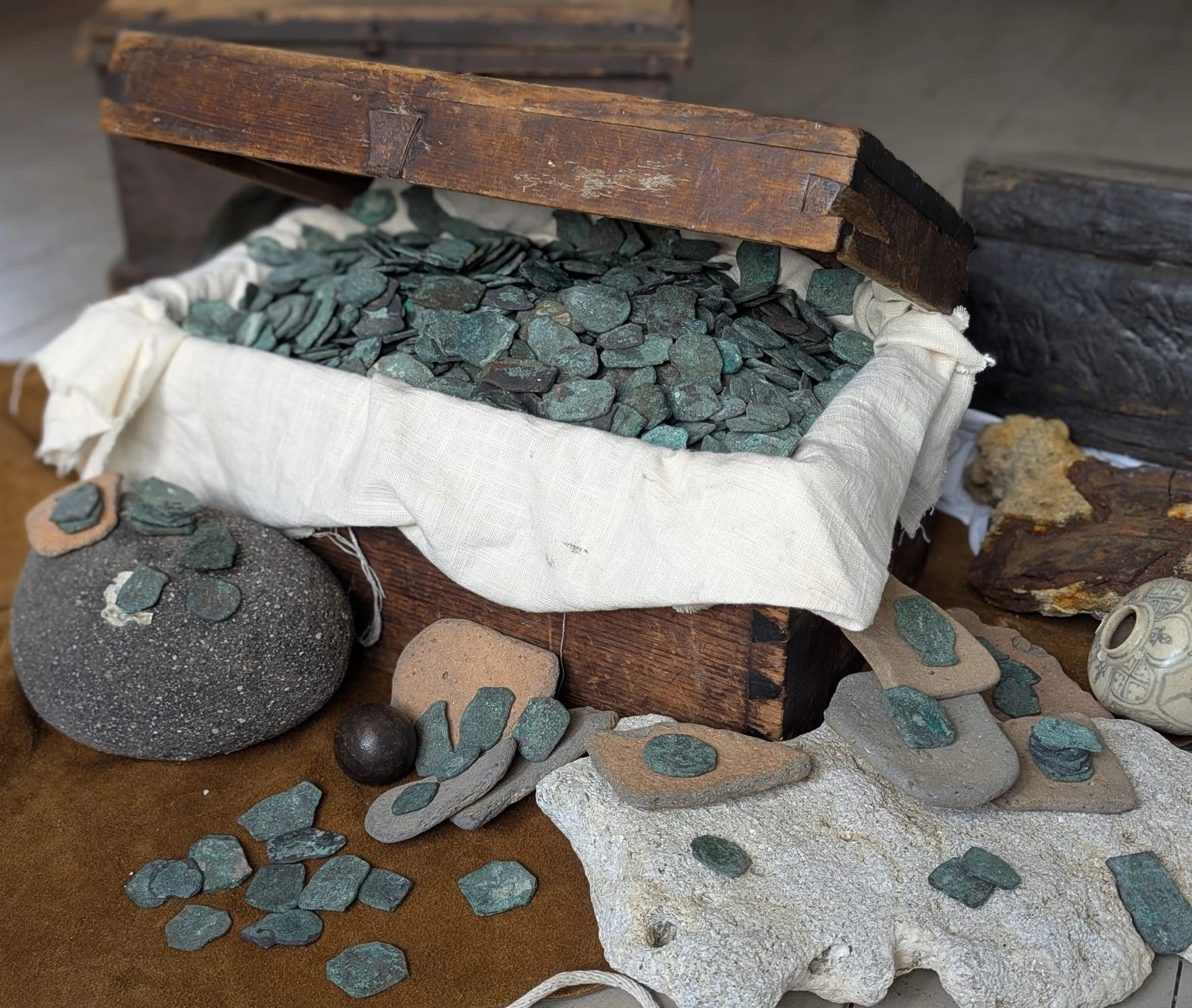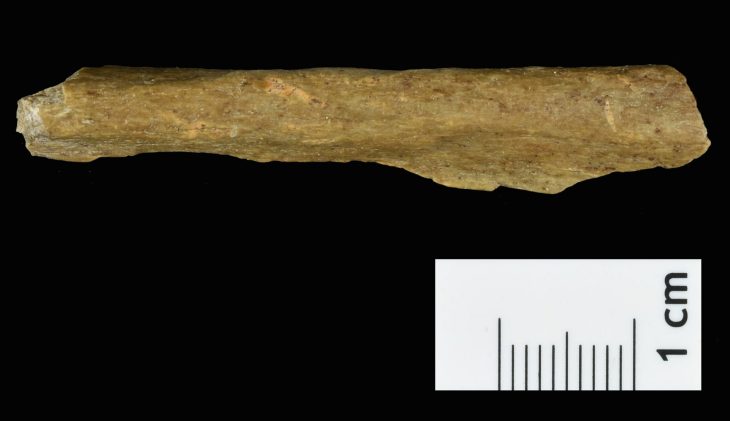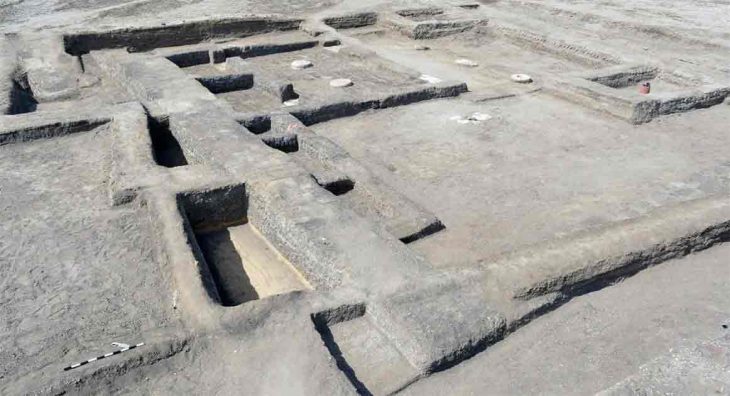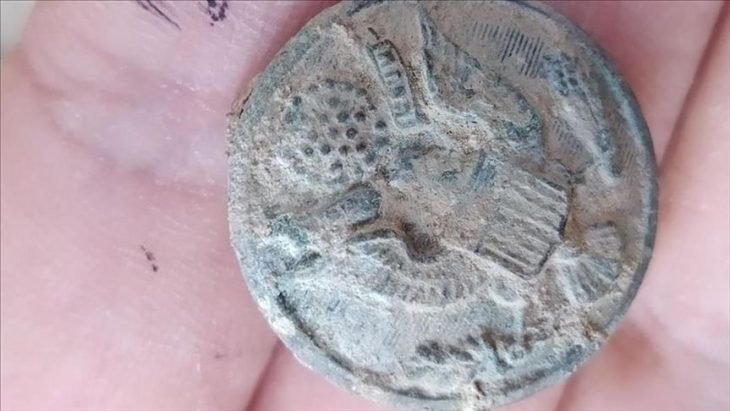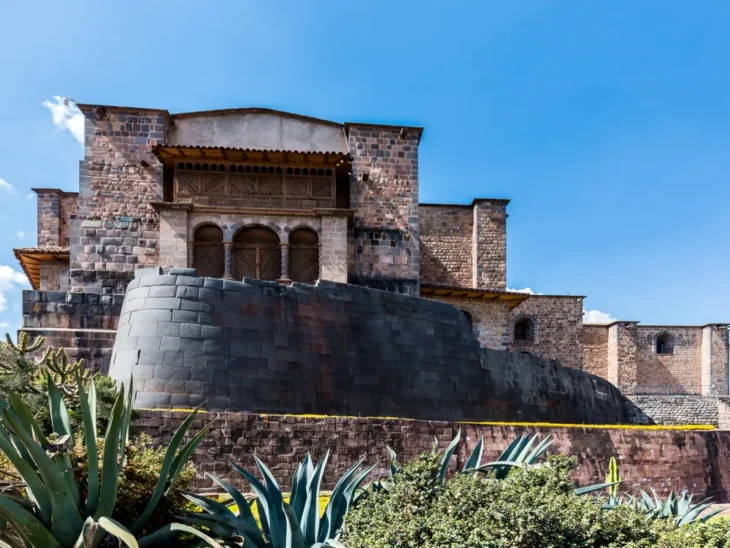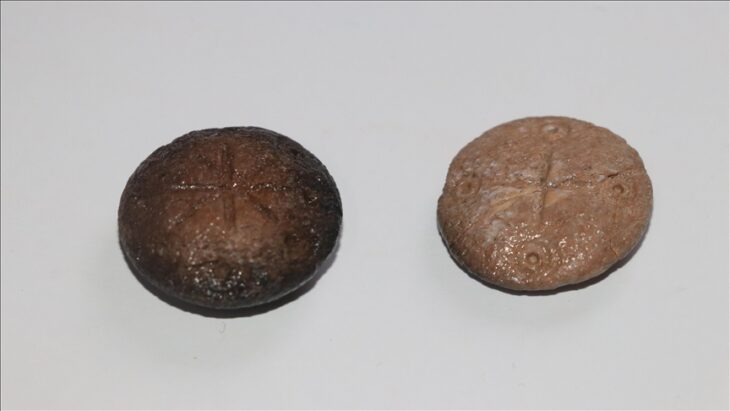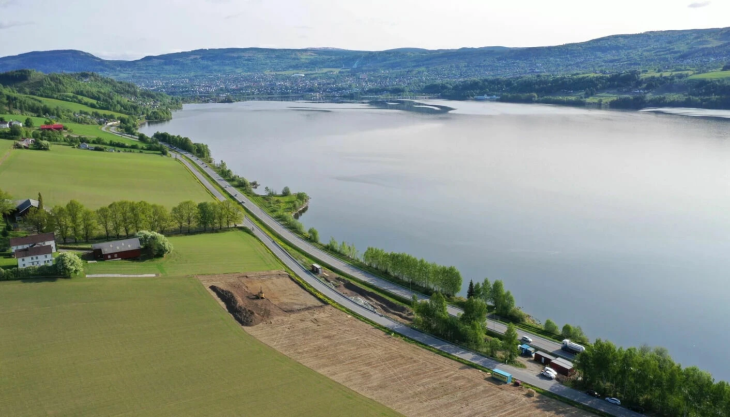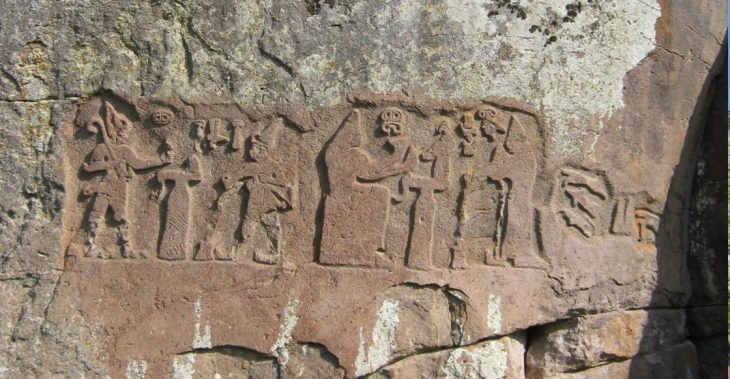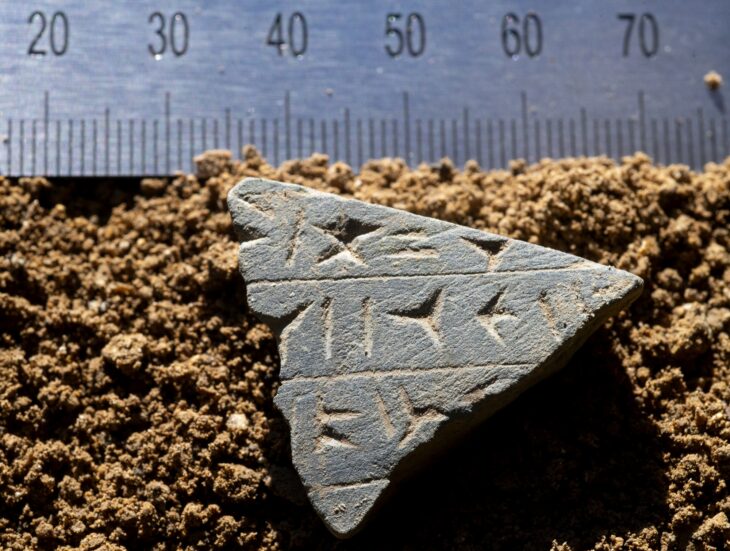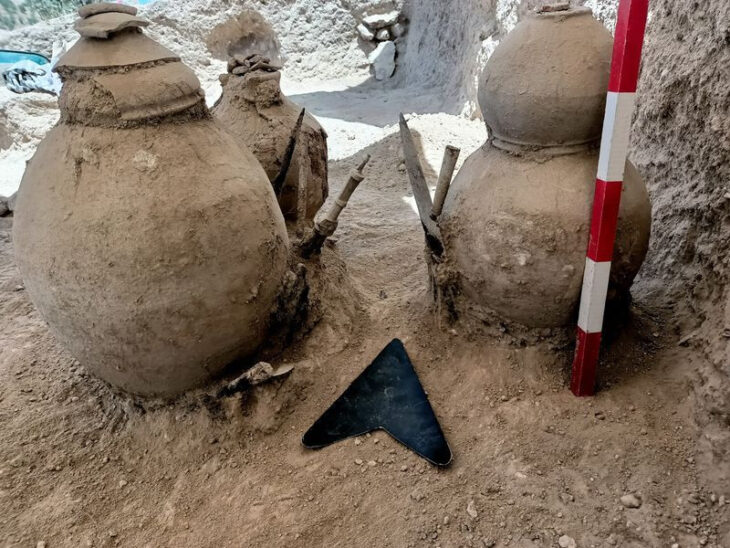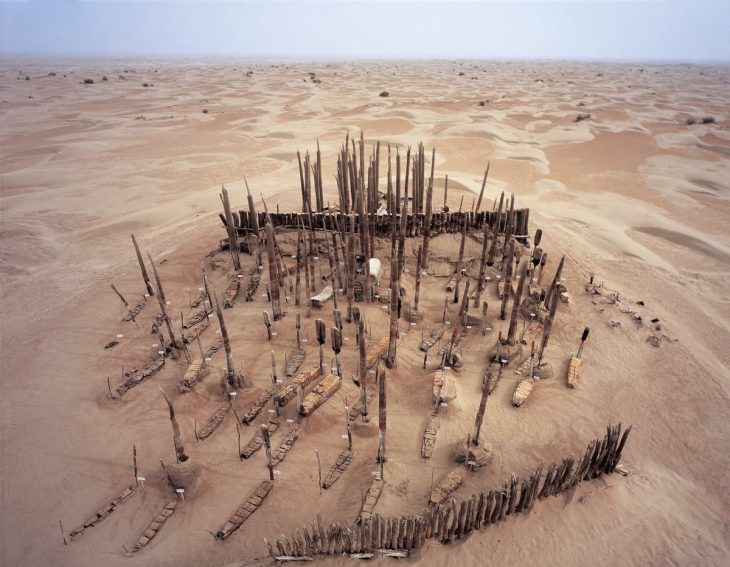More than three centuries after one of the most devastating maritime disasters of the Americas, divers off Florida’s east coast have recovered over 1,000 Spanish coins from the wreckage of the legendary 1715 Treasure Fleet. The discovery, valued at around $1 million, includes silver reales—commonly known as “pieces of eight”—and rare gold escudos, along with additional artifacts that once formed part of the vast wealth Spain extracted from its colonies in the New World.
A Fortune Lost to the Sea
The 1715 fleet, also known as the “Plate Fleet,” set sail from Havana on July 24, 1715, bound for Spain. Laden with treasures from Mexico, Peru, and Bolivia—including silver bars, gold coins, and royal jewels—the convoy of 12 ships represented the riches of an empire at its height. But within a week, disaster struck. A powerful hurricane slammed into Florida’s coast, sinking 11 ships across a 50-mile stretch of ocean. Historians estimate that as much as $400 million in treasure was lost, making it one of the greatest maritime tragedies in colonial history.
Some of the wreckage was salvaged in the immediate aftermath, but vast portions of the treasure remained buried beneath sand and sea for centuries. Over time, the waters off Vero Beach became known as Florida’s “Treasure Coast,” where divers and salvage experts continue to make remarkable finds.
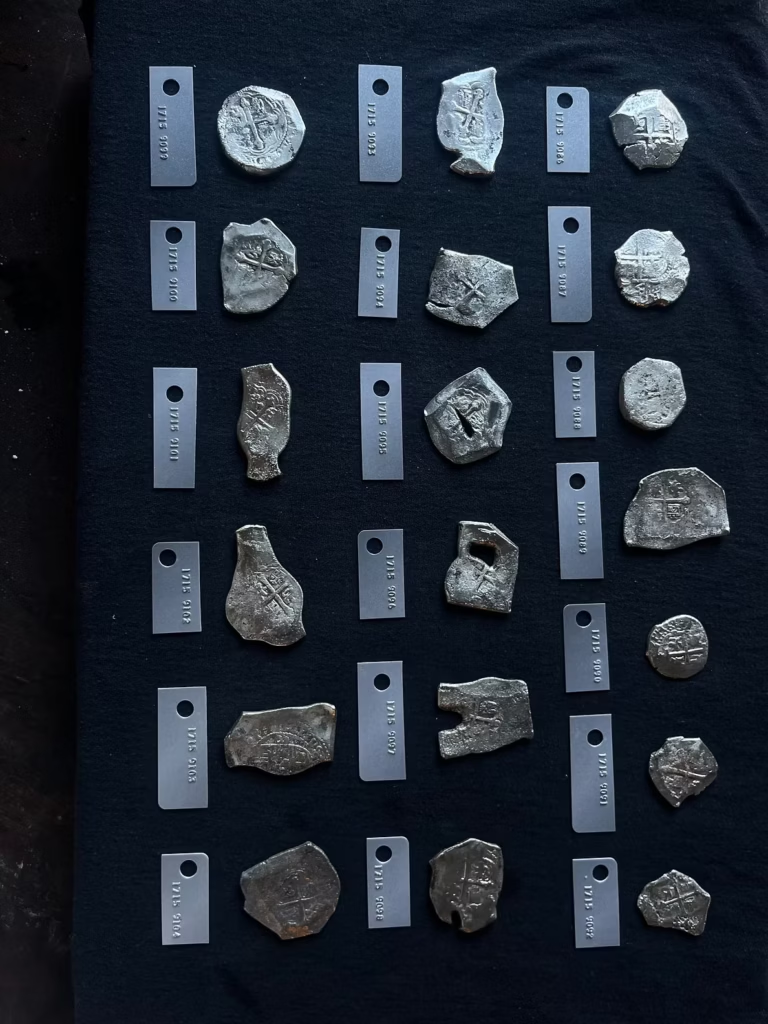
This Summer’s Extraordinary Recovery
The latest discovery was made during the 2025 summer salvage season by Captain Levin Shavers and the crew of the M/V Just Right, operating under the authority of 1715 Fleet – Queens Jewels, LLC, the company that holds exclusive rights to the shipwrecks. More than 1,000 silver reales and five gold escudos were lifted from the seabed. Many coins still bear legible mint marks and dates, offering historians vital information about Spanish colonial mints in Mexico, Peru, and Bolivia.
“The condition of these coins suggests they were part of a single chest or shipment that spilled when the ship broke apart,” the company stated. Such concentrated recoveries are rare, given the centuries of ocean currents and storms that typically scatter artifacts.
📣 Our WhatsApp channel is now LIVE! Stay up-to-date with the latest news and updates, just click here to follow us on WhatsApp and never miss a thing!!
“Each Coin is a Piece of History”
For 1715 Fleet – Queens Jewels, the significance of the discovery extends beyond monetary value. “This discovery is not only about the treasure itself, but the stories it tells,” said Sal Guttuso, Director of Operations. “Each coin is a piece of history, a tangible link to the people who lived, worked, and sailed during the Golden Age of the Spanish Empire. Finding 1,000 of them in a single recovery is both rare and extraordinary.”
These so-called “pieces of eight” were the backbone of global trade during the 17th and 18th centuries, circulating across Europe, Asia, and the Americas. Their influence was so widespread that they are often considered a predecessor to modern currency systems.
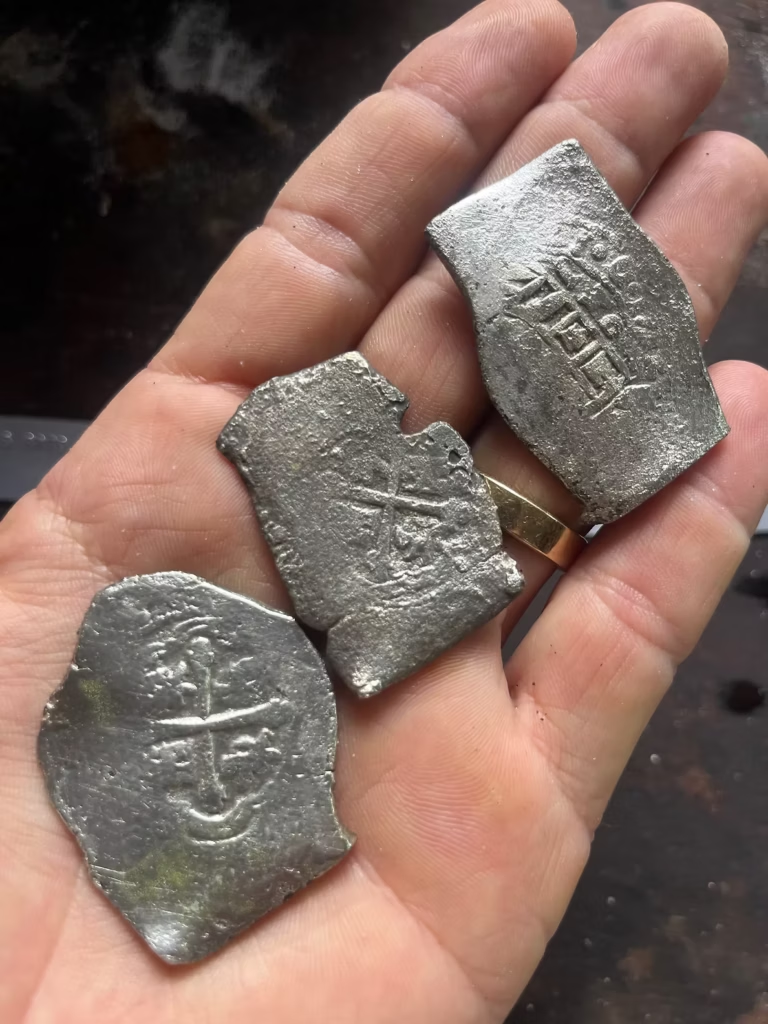
Treasure and Tragedy
The 1715 fleet carried more than just monetary wealth. Historical records suggest that jewels belonging to Queen Elisabeth Farnese, the second wife of King Philip V of Spain, were among the cargo. Her dowry reportedly included a 74-carat emerald ring and a pair of 14-carat pearl earrings—treasures still missing today.
Such legends continue to fuel both academic interest and public fascination. Yet the salvage operations are strictly regulated. Under Florida law, unauthorized removal of shipwreck artifacts is illegal. Only 1715 Fleet – Queens Jewels and its subcontractors are permitted to explore and recover items from the wrecks, operating under state archaeological oversight.
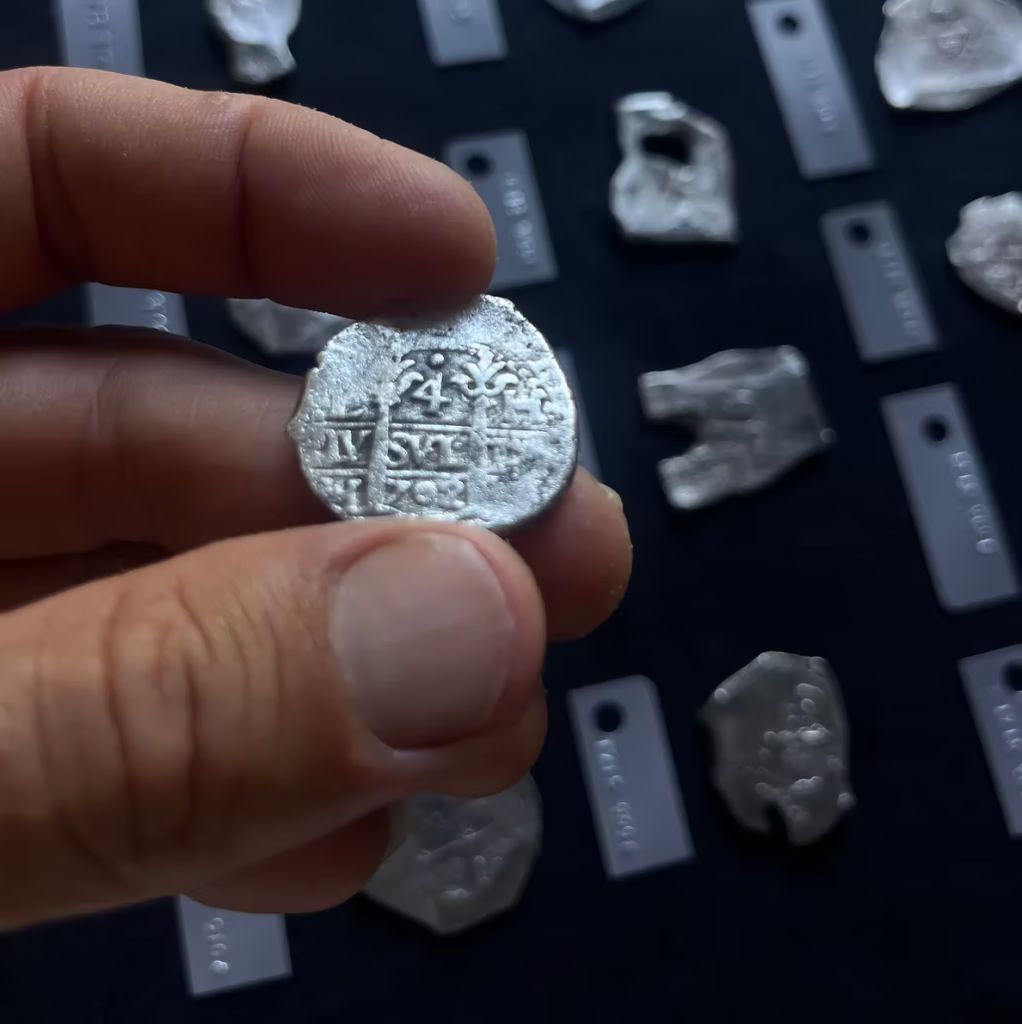
Preserving the Past
The recovered coins are undergoing careful conservation before they will be displayed to the public. Plans are in motion for local museums on Florida’s Treasure Coast to exhibit select pieces, offering both residents and visitors a direct encounter with the maritime history that shaped the region.
“Every find helps piece together the human story of the 1715 fleet,” Guttuso emphasized. “We are committed to preserving and studying these artifacts so future generations can appreciate their historical significance.”
As the Atlantic continues to guard its secrets, archaeologists and divers remain convinced that much of the fleet’s treasure still lies undiscovered beneath the shifting sands. Each recovery not only revives the glitter of Spanish gold but also illuminates the lives of sailors, colonists, and royals caught in the tides of empire and disaster.
Cover Image Credit: 1715 Fleet – Queens Jewels

